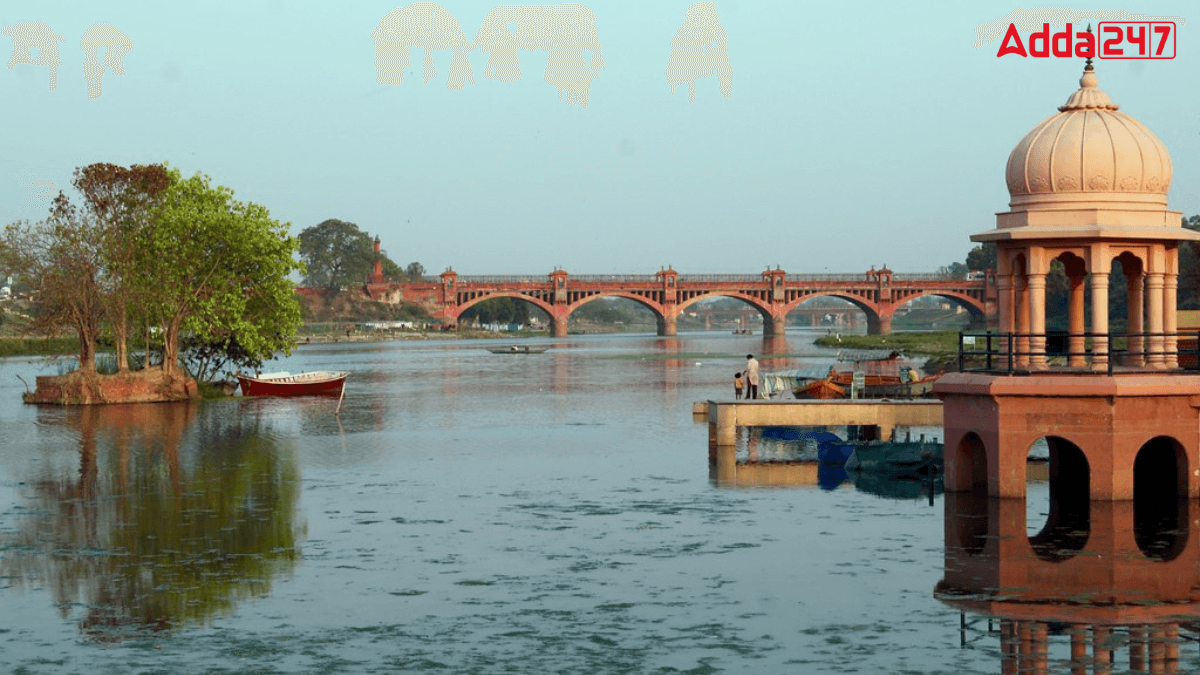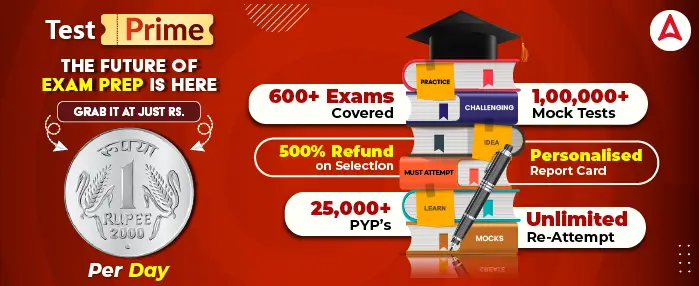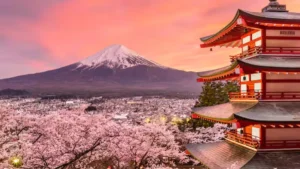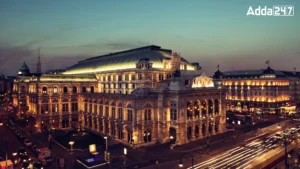Many cities around the world have rivers flowing through them, adding to their beauty and importance. These rivers provide water, support local ecosystems and sometimes have cultural and historical significance. In India, many cities are built along riverbanks, shaping their development and daily life. One such city has a river that plays a key role in its history, economy and environment.
Rivers of Uttar Pradesh
Uttar Pradesh is home to many important rivers, including the Ganges, Yamuna, Ghagra, Gomti, Son, Ken, Chambal, Betwa, Gandak and Ramganga. The Ganges is the longest and most significant river, providing fertile land and irrigation. The Yamuna is the biggest tributary of the Ganges and holds cultural importance. These rivers support fertile soil and help the cities nearby thrive.
Which River Originates from Lucknow?
The Kukrail River starts in Lucknow, from a well near Dasaur Baba Pond in Asti village of Bakshi ka Talab area. It flows through the Kukrail Reserve Forest for around 6 kilometers and covers a total distance of about 28 kilometers before merging with the Gomti River in Lucknow.
Origin of the Kukrail River
The Kukrail River begins from a well near the Dasaur Baba Pond in Asti village, located in Bakshi ka Talab, Lucknow. From there, it starts its journey and flows for around 6 kilometers through the Kukrail Reserve Forest. The river travels for a total of about 28 kilometers before merging with the Gomti River in Lucknow.
Length of the Kukrail River
The total length of the Kukrail River is 28 kilometers. However, over time, pollution has turned the river into a drain (nala). Today, many people in Lucknow refer to it as a drainage system rather than a river.
End of the Kukrail River
After travelling 28 kilometers, the Kukrail River merges into the Gomti River. Since Gomti eventually joins the Ganga River, the Kukrail indirectly becomes a part of this great river system.



 Which Country is Known as the Land of Ch...
Which Country is Known as the Land of Ch...
 Which Bird is known as the King of Birds...
Which Bird is known as the King of Birds...
 Which City of Austria is Known as the Ci...
Which City of Austria is Known as the Ci...







